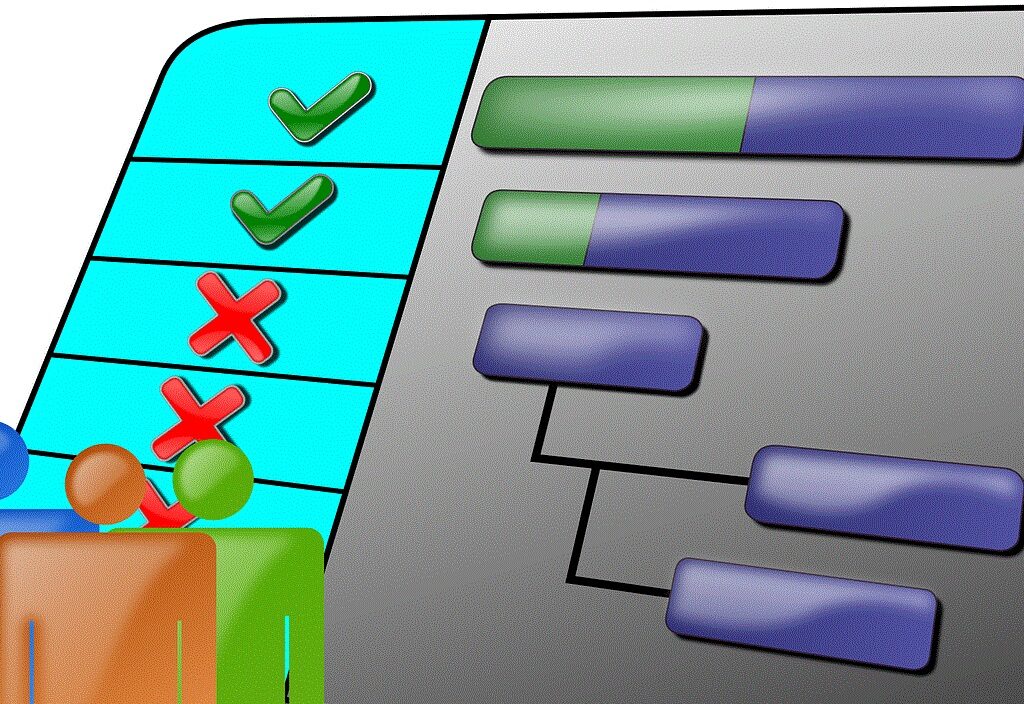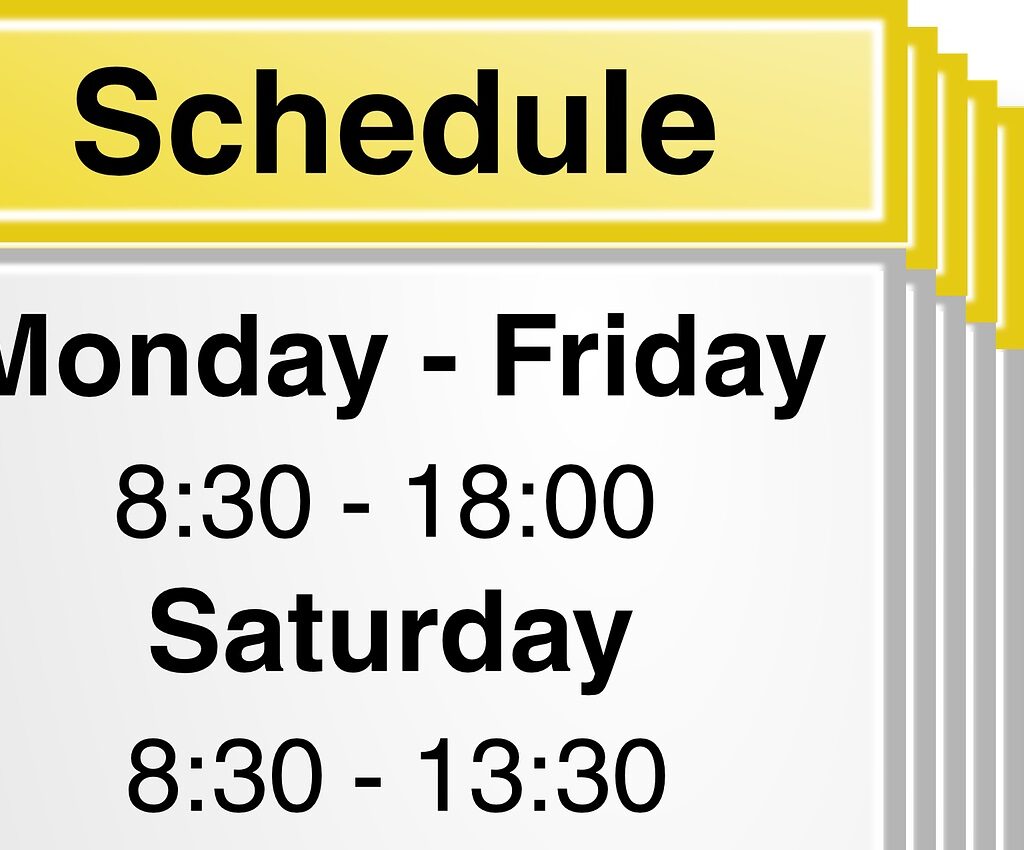“Successful education depends on an effective study schedule,” a piece of advice said by my English Professor and it is with me throughout my academic journey. An effective study schedule is more than just a timetable, it’s a roadmap to academic success. It empowers you to efficient time management, prioritise tasks effectively, avoid the dreaded last minute cramming sessions, and ultimately achieve your learning goals without feeling overwhelmed.
Whether you’re preparing for crucial exams, juggling multiple demanding classes, or balancing the demands of work and study, creating a personalised study schedule can change the way you learn and pave the way for improved grades and a more balanced life.
Why You Need a Study Schedule -The Benefits of Organized Learning
A structured study schedule offers a multitude of benefits that contribute to a more effective and less stressful learning experience. Let’s explore some of the key advantages.
- Improves Time Management: A study schedule ensures that you dedicate sufficient time to each subject or task. By allocating specific time slots for studying, you avoid neglecting certain subjects or tasks due to poor time allocation. This structured approach helps you distribute your study time evenly and effectively.
- Reduces Stress: One of the biggest sources of academic stress is last minute cramming. A well planned study schedule eliminates this by spreading out study sessions over time. This allows you to absorb information gradually and avoid the anxiety and pressure associated with trying to learn everything at once.
- Enhances Focus: A study schedule provides structure and keeps you organised and on track, significantly reducing wasted time. By having a clear plan for what you need to study and when you need to study it, you minimize distractions and improve concentration during study sessions.
- Builds Consistency: Establishing a regular study routine reinforces discipline and boosts productivity. By consistently adhering to your schedule, you develop positive study habits and create a predictable structure for your academic work. This consistency makes studying a regular part of your life, rather than an occasional chore.
How To Create An Effective Study Schedule

Step 1: Laying the Foundation
Before diving into creating a study schedule, it’s crucial to take a comprehensive look at your existing commitments. This involves identifying all the activities that occupy your time, allowing you to accurately allocate time for studying.
- Classes and Lectures: The first step is to block out the times you spend in class or attending lectures. This forms the core structure of your weekly schedule.
- Work or Extracurriculars: Account for all work hours, sports practices, club meetings, or any other regular commitments. These activities need to be factored into your schedule to ensure you have enough time for everything.
- Personal Time: It’s important to remember that you’re not a machine. Don’t forget to allocate time for meals, exercise, relaxation, and socializing. Personal time is essential for maintaining your wellbeing and preventing burnout.
Pro Tip: Utilize a planner or digital calendar to visualize your weekly schedule. Apps like Google Calendar, Notion, or dedicated student planner apps can be invaluable tools for this, allowing you to see your commitments at a glance.
Step 2: Defining Your Objectives
Identifying what you want to achieve with your study schedule is vital. These goals will act as a compass, guiding your priorities and ensuring your efforts are directed towards meaningful outcomes.
- Short Term Goals: These are smaller, achievable goals that you aim to accomplish within a shorter time frame, such as “Complete the first three chapters of physics this week” or “Finish the essay outline by Friday.”
- Long Term Goals: These are broader objectives you want to achieve over a longer period, such as “Master all topics for the midterm by next month” or “Achieve a specific grade in the course.” Remember also that adding short term goals together makes up a long term goal.
Pro Tip: Breaking large goals into smaller, actionable tasks makes them less daunting and easier to manage. For instance, instead of “Study chemistry,” try “Review Chapter 4 and complete practice problems” or “Summarize key concepts from Chapter 5.”
Step 3: Determine Your Peak Productivity Times
Everyone experiences fluctuations in their energy levels and focus throughout the day. Identifying your peak productivity times is crucial for maximizing your study efficiency.
- Morning Person? If you find yourself most alert and focused in the morning, schedule your most challenging subjects or tasks during this time.
- Night Owl? If you’re more productive in the evening or at night, reserve those hours for critical tasks that require deep concentration.
Pro Tip: Experiment with different study times to discover when you’re most productive. Pay attention to how you feel at different times of the day and note when you’re able to focus best.
Step 4: Focus on What Matters Most
Not all subjects or tasks require the same amount of attention. Effective prioritization ensures you allocate your study time wisely.
- Focus on Weak Areas: Dedicate more time to subjects or topics you struggle with. This targeted approach helps you improve your understanding and build confidence in challenging areas.
- Match Time with Task Complexity: Allocate longer study sessions for difficult tasks that require more cognitive effort and shorter sessions for easier topics or review.
- Follow Deadlines: Prioritize assignments or exams with the nearest due dates. This ensures you meet deadlines and avoid last minute rushes.
Pro Tip: The Eisenhower Matrix, also known as the Urgent/Important Matrix, is a useful tool for classifying tasks based on their urgency and importance. This helps you prioritize effectively and focus on the most critical tasks first.
Step 5: Structure Your Study Time

Time blocking involves dividing your day into dedicated blocks for specific tasks. This technique provides structure and helps you stay focused.
- Allocate Study Blocks: Reserve uninterrupted periods specifically for focused studying. During these blocks, eliminate distractions and dedicate yourself solely to the task at hand.
- Add Breaks: Incorporate short breaks, such as 5–10 minutes, after every 25–30 minutes of studying. This is known as the Pomodoro Technique and helps maintain focus and prevent mental fatigue.
- Balance Your Day: Mix study blocks with other activities, such as exercise, socializing, or hobbies, to avoid burnout and maintain a healthy balance.
Step 6: Adapt to the Real World
Creating a realistic and flexible schedule is essential for long term success. Overcommitting can lead to frustration and burnout.
- Start Small: Begin with manageable study hours and gradually increase them as you adjust to your new routine.
- Adapt to Changes: Life is unpredictable. Be prepared to adjust your schedule when unexpected events occur. Flexibility is key to maintaining consistency in the long run.
Step 7: Track Your Progress
Regularly evaluating your schedule helps you determine its effectiveness and identify areas for improvement.
- Am I meeting my goals? Regularly assess whether you’re achieving the goals you set for yourself.
- Are there tasks I’m constantly skipping? Identify any tasks you’re consistently avoiding and determine the reasons why. Finding reasons put more weights on your shoulders because you have to readjust. No matter how hard it is, try to keep things going the right way.
- Do I need to allocate more or less time to certain subjects? Analyze your study patterns and adjust the time allocated to different subjects based on your needs.
Pro Tip: Keeping a journal or using a habit tracking app can help you monitor your progress, identify patterns, and stay motivated.
Step 8: Staying Consistent – The Key to Long-Term Success
Consistency is the cornerstone of building effective study habits. Sticking to your schedule as much as possible is crucial, but don’t be too hard on yourself if you occasionally miss a session. The important thing is to get back on track as soon as possible.
Bonus Tips for Effective Study Schedule: Enhancing Your Learning
- Eliminate Distractions: Create a quiet, organized study space free from distractions. Utilize website blockers or focus apps like Forest to minimize digital distractions.
- Reward Yourself: Celebrate small wins to stay motivated. Whether it’s a healthy snack, a short walk, or watching an episode of your favorite show, rewarding yourself reinforces positive study habits. But don’t let the rewarding period take more time of you. For instance, watching an episode of your favorite show may turn out to watching 10 episodes. This could easily happen, try hard and avoid it.
- Incorporate Review Time: Schedule regular review sessions to revisit past topics and reinforce learning. This helps solidify information in your long term memory. Practical questions on specific topics will enhance your understanding on how questions are structured.
- Use Digital Tools: Leverage digital tools like Todoist, Trello, or MyStudyLife to organize your tasks, track your progress, and manage your schedule effectively.
Taking Control of Your Learning
Creating an effective study schedule is not just about managing your time; it’s about taking control of your learning process. By implementing a clear and structured plan, you can approach your academic goals with confidence, reduce the stress associated with last-minute cramming, and ultimately achieve greater academic success.
Remember to start small, stay flexible, and adjust your schedule as you go. Over time, you’ll discover a rhythm that works best for you, empowering you to reach your full academic potential.
Read – 10 Proven Study Techniques for Better Grades in College


[…] Clear all stored data or settings (like radians mode) to avoid surprises. Some proctors even require it. Check – How to Create an Effective Study Schedule, A Step-by-Step Guide […]
[…] How to Create an Effective Study Schedule, A Step-by-Step Guide […]
[…] Having a consistent study routine can help train your brain to focus and prepare for learning. Try studying at the same time each day in the same location to create a consistent study routine. […]
[…] 5. Create a Conducive Study Environment […]
[…] Read also – How to Create an Effective Study Schedule, A Step-by-Step Guide […]